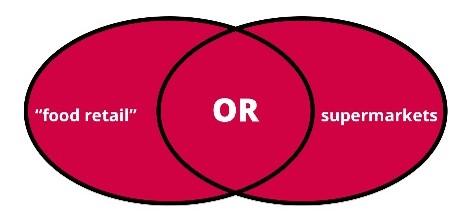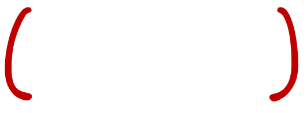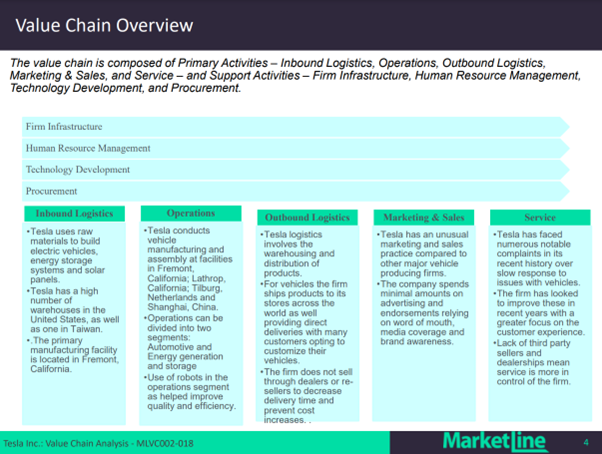The arrangement Training Business Literature Research is made with Wikiwijs of Kennisnet. Wikiwijs is an educational platform where you can find, create and share learning materials.
- Author
- Last modified
- 23-08-2023 16:03:50
- License
-
This learning material is published under the Creative Commons Attribution 4.0 International license. This means that, as long as you give attribution, you are free to:
- Share - copy and redistribute the material in any medium or format
- Adapt - remix, transform, and build upon the material
- for any purpose, including commercial purposes.
More information about the CC Naamsvermelding 4.0 Internationale licentie.
Sources:
Literature Research Guide, RUAS Library: Literature Research Guide
Training Stappenplan literatuuronderzoek, Mediahteek Hogeschool Rotterdam: https://maken.wikiwijs.nl/131972/Training__Stappenplan_literatuuronderzoek
Jenny Darroch, Morgan P. Miles, Andrew Jardine and Ernest F. Cooke, The 2004 AMA Definition of Marketing and Its Relationship to a Market Orientation: An Extension of Cooke, Rayburn, & Abercrombie, Journal of Marketing Theory and Practice, Fall, 2004, Vol. 12, No. 4 (Fall, 2004), pp. 29-38, accessed 25 January 2021
Kotler, Philip (1980). Principles of marketing. Englewood Cliffs, NJ: Prentice-Hall. ISBN 0-13-701557-7. OCLC 5564799.
Kotler, Philip; Gary Armstrong (2018). Principles of marketing (Seventeenth ed.). Hoboken. ISBN 978-0-13-449251-3. OCLC 954203453.
Paul H. Selden (1997). Sales Process Engineering: A Personal
Workshop. Milwaukee, WI: ASQ Quality Press. p. 23.
Paliwoda, Stanley J.; Ryans, John K. (2008). "Back to first principles". International Marketing – Modern and Classic Papers (1st ed.). p. 25. ISBN 978-1-84376-649-0. Retrieved 15 October 2009.
"Marketing library resources – content, knowledge databases". CIM. Retrieved 16 March 2017

Additional information about this learning material
The following additional information is available about this learning material:
- Description
- This training is focused on expanding information literacy skills in doing business literature research. Students will learn how and where to search strategically for business information.
- Education level
- HBO - Master; HBO - Bachelor;
- End user
- leerling/student
- Difficulty
- gemiddeld
- Keywords
- business information, information literacy, literature research, search methods, search techniques

Used Wikiwijs arrangements
Team (H)RBS support. (z.d.).
Training Business Literature Research - kopie 1
https://maken.wikiwijs.nl/197953/Training_Business_Literature_Research___kopie_1










